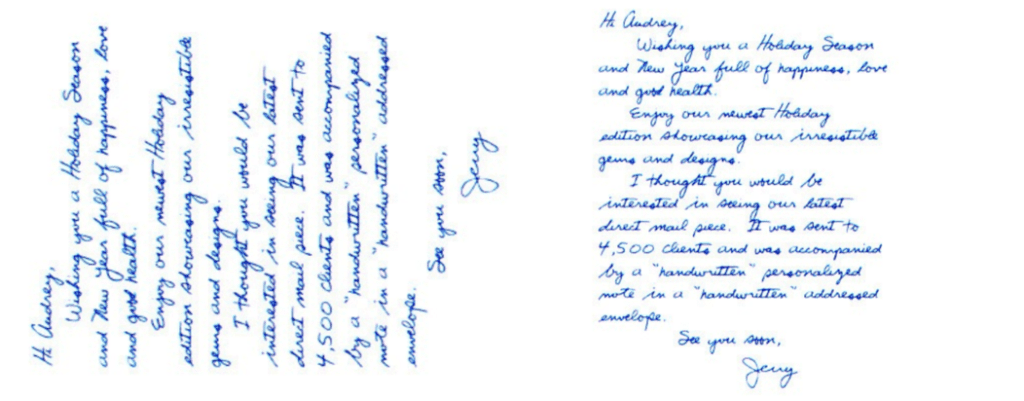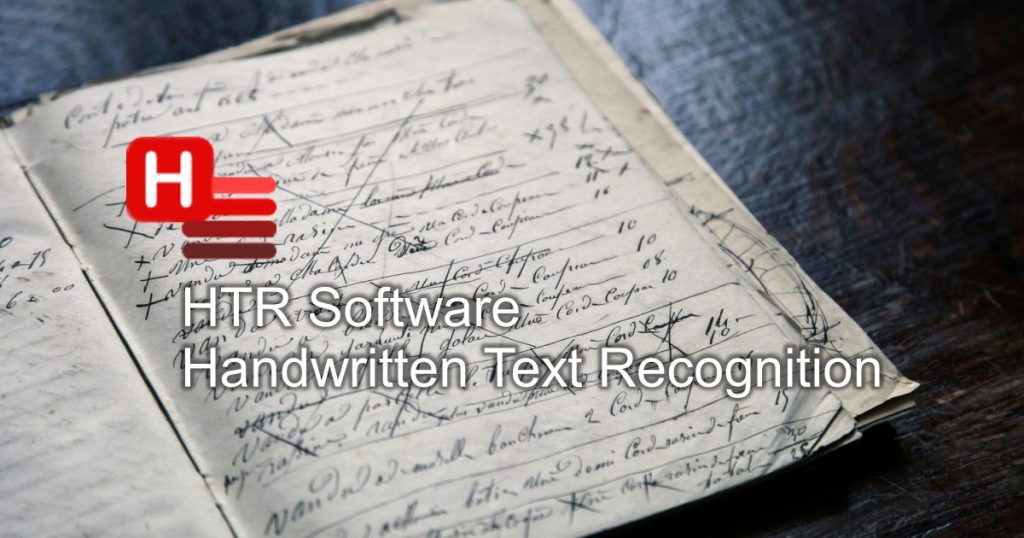Number 1 in Text-to-Handwritten Conversion
Number 1 in Text-to-Handwritten Conversion
As our lives become increasingly digital, there’s a growing need for tools that make our writing feel personal and authentic. Text-to-handwritten conversion technologies are at the forefront of this movement, enabling users to transform typed text into realistic handwritten notes. These innovations have applications in various fields, from personal communication to education and business, making them an exciting area of technological advancement.
.
Key Takeaways
- Text-to-handwritten conversion technologies mimic human handwriting styles using machine learning and neural networks.
- Popular tools for text-to-handwritten conversion include Wondershare elements, Handwritten, and Calligrapher AI.
- These technologies offer numerous benefits, such as adding a personal touch to communication, aiding education, and providing unique business applications.
Number 1 in Text-to-Handwritten Conversion

How Text-to-Handwritten AI Works
Text-to-handwritten AI uses AI and machine learning. These tools learn from many examples of handwritten texts and understand how to make digital text look handwritten.
Machine Learning and Handwriting Styles
These tools use neural networks like digital brains that can learn patterns. When you type something, the AI makes it look like it’s been written by hand. It’s like learning to write by copying letters repeatedly. The AI does this fast. It can also make the text look very realistic. This technology is getting better all the time. It makes it easier for us to add a personal touch to our digital messages.
Number 1 in Text-to-Handwritten Conversion
The Role of Neural Networks
Neural networks are specialized in improving digital documents with high-speed processing and OCR accuracy. They offer unique software solutions for scanning, optimization, and OCR. Regarding text-to-handwritten conversion, these networks analyze the input text and generate a corresponding handwritten style. This process involves multiple data processing layers to ensure the output looks as authentic as possible.
Challenges in Mimicking Human Handwriting
One of the biggest challenges is recognizing handwritten text accurately. Human handwriting varies wildly, making it difficult for AI to mimic every style perfectly. Another challenge is converting a handwritten image to text without losing the nuances of the original handwriting. Despite these challenges, advancements in AI continue to improve the accuracy and realism of text-to-handwritten conversions.
Popular Text to Handwritten Tools
HTR with PDFelement
HTR Software with PDFelement is a versatile tool for handling PDFs and text-to-handwritten conversion. It’s perfect for those who need a multi-functional tool. It recognizes handwritten text with high accuracy and speed, making it a professional favourite.
Handwritten
Handwritten takes personalization to the next level. This tool allows you to send handwritten notes directly from your computer. It’s ideal for sending thank-you notes, invitations, or other personal messages. The best segmentation for handwritten documents ensures that your notes look as authentic as possible.
In a world that’s becoming increasingly digital, these tools offer a way to add a personal touch to your communications. Whether you’re a professional, a student, or just someone who loves handwritten notes, there’s a tool out there for you.
Benefits of Using Text to Handwritten Converters
Adding a Personal Touch
In this digital age, it’s easy to lose the personal touch that handwritten content brings. Text-to-handwriting converters help bring back that individual feel. Whether you’re sending a letter or creating a unique gift, these tools make it easy to add a special touch. Recognize your handwritten text with BIQE HTR software to ensure your notes are both personal and professional.
Applications in Education
Handwritten Converters are handy in educational settings. They can be used to create personalized notes, worksheets, and exams. This not only makes the material more engaging but also helps in better retention of information. Imagine converting your typed notes into a handwritten format that feels more personal and easier to study.
Business Uses
Adding a handwritten touch can make all the difference in the business world. Whether for personalized thank-you notes, invitations, or even marketing materials, these converters can help you stand out. They offer a unique way to connect with clients and partners, making your communications more memorable.
Using Text to Handwritten Converters can significantly enhance the personal and professional quality of your written communications, making them more engaging and effective.
 Handwritten Text Recognition
Handwritten Text Recognition
Future Trends in Text to Handwritten Technology
Advancements in AI
The evolution of handwriting recognition tech is far from over. We’re already working to extend the capabilities of our AI so that it can solve problems, including automatic language identification and interactive handwritten tables.
Enhanced accuracy is one critical area in which we expect significant improvements. The future looks promising with continued advancements in HTR (Handwritten Text Recognition).
Integration with Other Technologies
Imagine typing a letter that looks like you’ve written it by hand. This technology isn’t just for fun—it’s helpful in many areas of life. In personal use, it adds warmth to messages. In education, it helps students learn to write neatly. And in business, it can give documents a personal touch. Integrating text-to-handwritten technology with other tools like OCR (Optical Character Recognition) and digital notepads will make it even more versatile.
Potential New Applications
The future trends in optical character recognition include some potential trends and advancements to enhance accuracy: continued advancements in HTR will open up new possibilities. We might see applications in areas we haven’t considered, from interactive learning environments to more personalized customer service experiences.
The future of AI handwriting is bright, and we’re just scratching the surface of what’s possible.
As we look ahead, the future of text-to-handwritten technology promises to revolutionize how we interact with digital content. From enhancing personalization to improving accessibility, the potential applications are vast and exciting.
Visit our website to stay ahead of the curve and explore these innovations. Don’t miss out on the latest advancements in this transformative field.
Conclusion
In an increasingly digital world, innovations in text-to-handwritten conversion technologies bring a touch of nostalgia and personalization back into our lives.
These tools are not just about aesthetics; they offer practical benefits for education, business, and personal communication.
The applications are vast and varied, from enhancing the learning experience for students to adding a personal touch to business documents.
As we embrace digital advancements, seeing how these technologies will evolve and further integrate into our daily routines is exciting. So, whether you’re a student, a professional, or just someone who loves the charm of handwritten notes, there’s a tool out there for you.
Keep exploring and find the one that best suits your needs!
Frequently Asked Questions
How does text-to-handwritten AI technology work?
Text-to-handwritten AI technology uses machine learning and neural networks to analyze and replicate various handwriting styles. By training on large datasets of handwritten text, these tools can convert typed text into a format that closely mimics human handwriting.
What are some popular text-to-handwritten conversion tools?
Some popular text-to-handwritten conversion tools include Wondershare PDFelement, Handwritten, and Calligrapher AI. These tools offer various features to customize the handwritten output, such as different handwriting styles and ink colours.
What are the benefits of using text-to-handwritten converters?
Text-to-handwritten converters can add a personal touch to digital communications, making them feel more intimate and customized. These tools have various applications in education, such as helping students practice handwriting, and in business, where they can be used to create personalized marketing materials.

